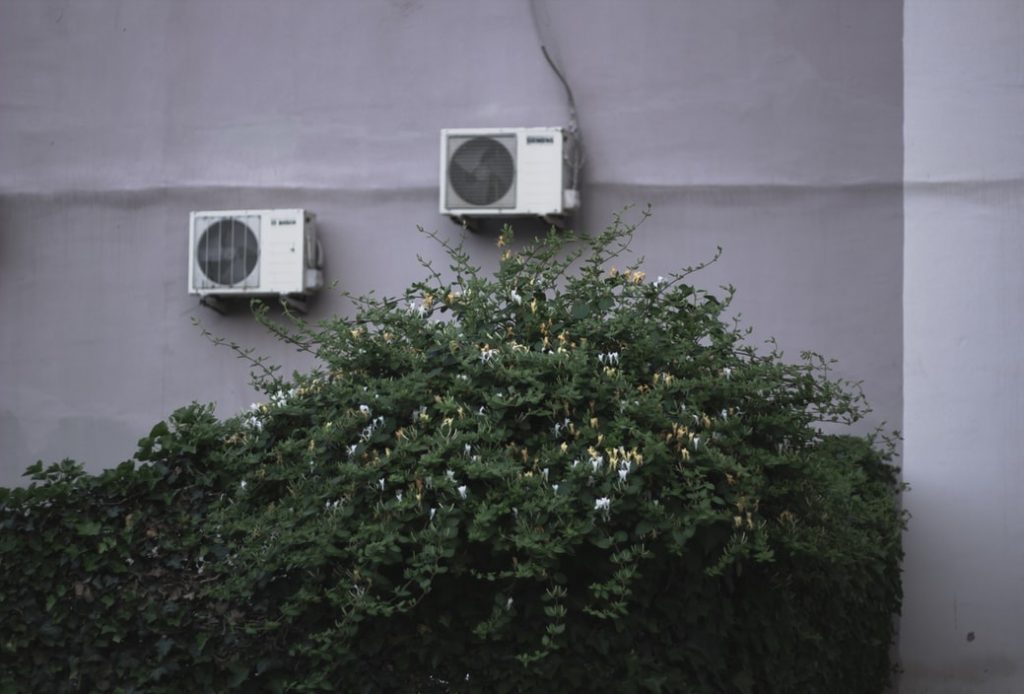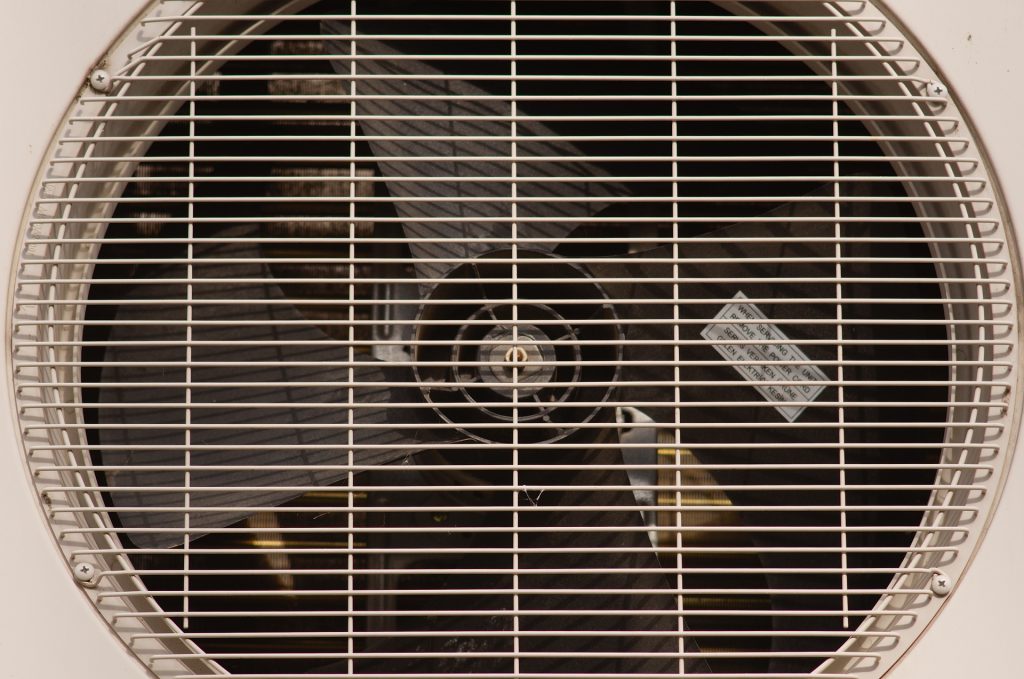Breathe in. Breathe out.
Is there something in the air in Maricopa? Unfortunately, the air in Maricopa County is polluted. For a long time, Phoenix is notorious for poor air.
Air pollutants are the source of your poor air quality in Maricopa, AZ. The good news is that in Maricopa, like in other counties, there is an Air Quality Department (AQD), so that you can continue doing what you need and want to do safely. Someone is already monitoring the air quality so that you don’t have to be in the dark.
Maricopa County Air Quality
Maricopa air quality should not worry you too much. You should not feel scared to leave your house and it’s not going to necessarily make you sick. Nevertheless, there are certain components to the air you breathe that is not good for you. Here’s what you need to know.
Maricopa County Air Quality Department (AQD)
The Air Quality Department works to ensure that air quality is maintained at a clean and healthy standard. They are responsible for monitoring the air quality status, providing correct and up-to-date information to the public, as well as ensuring the air meets the standards of clean air.
The AQD conducts research through its Air Monitoring Division. This division works with the Environmental Protection Agency (EPA) to measure particulate matter, pollutants, ozone, carbon monoxide, sulfur, and nitrogen dioxide.
In their latest annual report for air quality, the County has reported that 86% of days in the year had good air, which is the result of continuous monitoring, spreading awareness, and pollution reduction programs.
The travel reduction program began in 1989 as an initiative of the state to reduce pollution from vehicles. Also, the County encourages replacing gas-powered lawn mowers with electrical ones as part of the Mowing Down Pollution Program. Other initiatives include the Diesel Emissions Reduction Act (DERA), the Propane Fire Pit Program, and the Fireplace Retrofit Program. These efforts have contributed to lowering air pollution.
Air Quality Classification
Certain factors are continually monitored, which are criteria that determine clean or unclear air. These criteria are PM10, PM2.5, and ozone.
The monitoring division measures the levels of these three criteria and gives a quality report for the cleanness of air according to the Air Quality Index (AQI). The AQI is a standard classification of air quality based on the health risks linked to the level of air pollution. It is used by government agencies around the world to inform the public about air quality in their area.
Particulate Matter
The particulate matter is not good for residents in Maricopa. This is why the County has been mostly classified mostly in the “moderate” and “unhealthy for certain groups” categories.
Particulate matter (PM) are microscopic-sized invisible droplets in the air that are made up of dirt, dust, soot, and smoke. It’s the matter in the air that makes it impure and can cause visibility problems, smog, and hazy air.
Two particulate matters are monitored by the AQD: PM10 and PM2.5. PM2.5 are fine particles that are 2.5 micrometers or smaller. It’s much smaller than a single strand of human hair. PM10 is more coarse, as it is 10 micrometers and smaller. These particles are too small to be seen but can be inhaled.
Ozone
Ozone pollution occurs in the Earth’s atmosphere as well as on the ground. The County struggles with bad ozone. Phoenix is given mostly “moderate” category days in the summer months, with the exception of a few unhealthy days. The ozone is usually a lot better in the winter months.
The Arizona Department of Environmental Quality (ADEQ) recently issued a High Pollution Advisory for ozone in the County. It encourages all to limit their pollution-causing activities and use protective measures for the time the Advisory is in effect.
Phoenix, AZ Air Quality
In all of Maricopa county, the air quality in Phoenix is the worst. It doesn’t present a major risk to most people’s health, but it can have harmful effects on people who are sensitive to pollution or who have existing heart and respiratory conditions.
Concerning all three criteria, the levels have been mostly moderate and good in the last year. There are still several days in the orange category, the evidence of Phoenix’s ongoing struggle with air pollution.
For detailed information and data on Phoenix’s air quality, check out the ADEQ site, which shows the daily forecast of air pollution and breaks down the meteorological factors. Also, for further help understanding AQI daily forecasting, see these tips to familiarize yourself with the relevant terms and what to look out for.
What You Can Do to Help
- Limit your use of gas-powered items. This includes stoves, lawnmowers, cars, and fireplaces. If you can, make the switch to electric.
- Take part in County-proposed programs. The Propane Fire Pit Program and Mowing Down Pollution program are cleaner ways encouraged by the County to help reduce pollution.
- Avoid burning often. Don’t burn yard waste, and reduce backyard campfires.
- Check the air quality status regularly and stay informed.
Maricopa Air Quality FAQ
Can you burn in Maricopa County?
You are allowed to burn. However, due to the fact that Maricopa air quality is frequently poor, you must first obtain a burn permit. This is so that the County can regulate air pollution. If the particulate matter is worse on a certain day, then you will not be given a burn permit. To obtain a burn permit, follow these instructions.
Why is the air quality so bad in Arizona?
Poor air quality is largely linked to vehicle emissions as well as burning. Also, the wildfires in California have an effect on its neighbor state. The smoke from the fires moves into Arizona, affecting air quality, darkening the sun a bit, and making the air hazier.
What is the air quality in Arizona right now?
The overall air quality in Arizona is not so good right now. The PM10 levels fluctuate between good and moderate, sometimes rising to unhealthy levels. The PM2.5 was good for most of the spring to fall seasons. The winter months are mostly “moderate” and have some days that are “unhealthy”. Ozone levels are becoming a point of concern and a High Pollution Advisory has been issued.
Check daily forecasts through ADEQ or IQAir. You can also download apps for your smartphone which show daily reports.
How to protect yourself from poor air in Arizona?
You can start to protect yourself by checking daily forecasts. This tells you whether you should be outdoors for a long period of time and whether you should try to avoid using your car or burning that day. In general, you should try your best to limit how much what you do affects air pollution. Regarding indoor air, you should probably get your air ducts cleaned, which removes dust and debris, improving your air quality at home as well.
[related_posts_by_tax posts_per_page="3" format="thumbnails" image_size="medium"]









